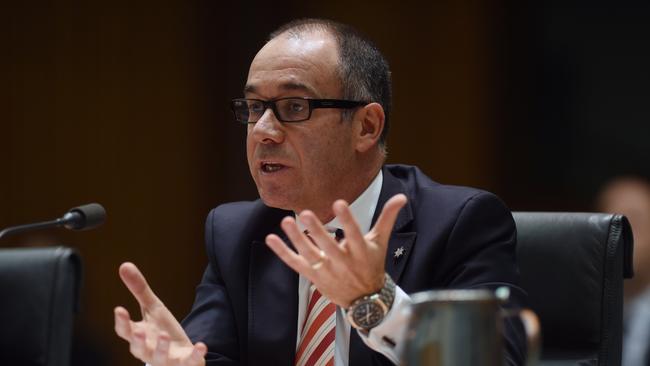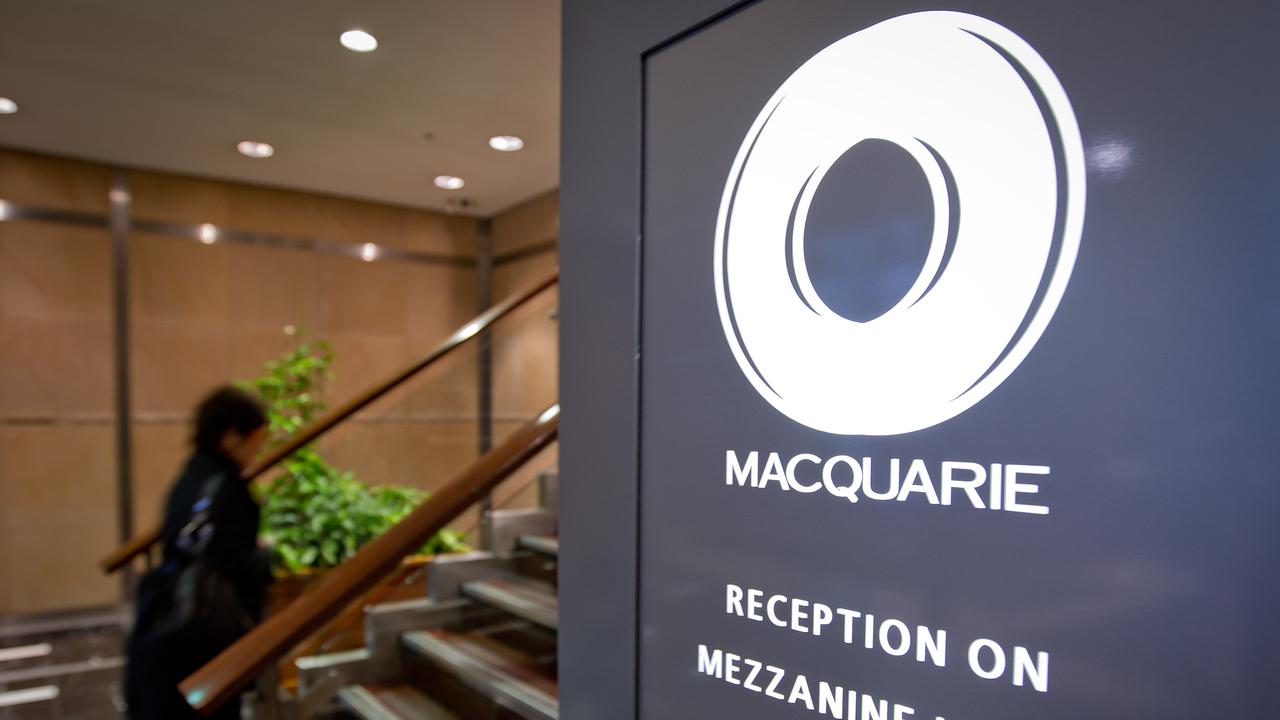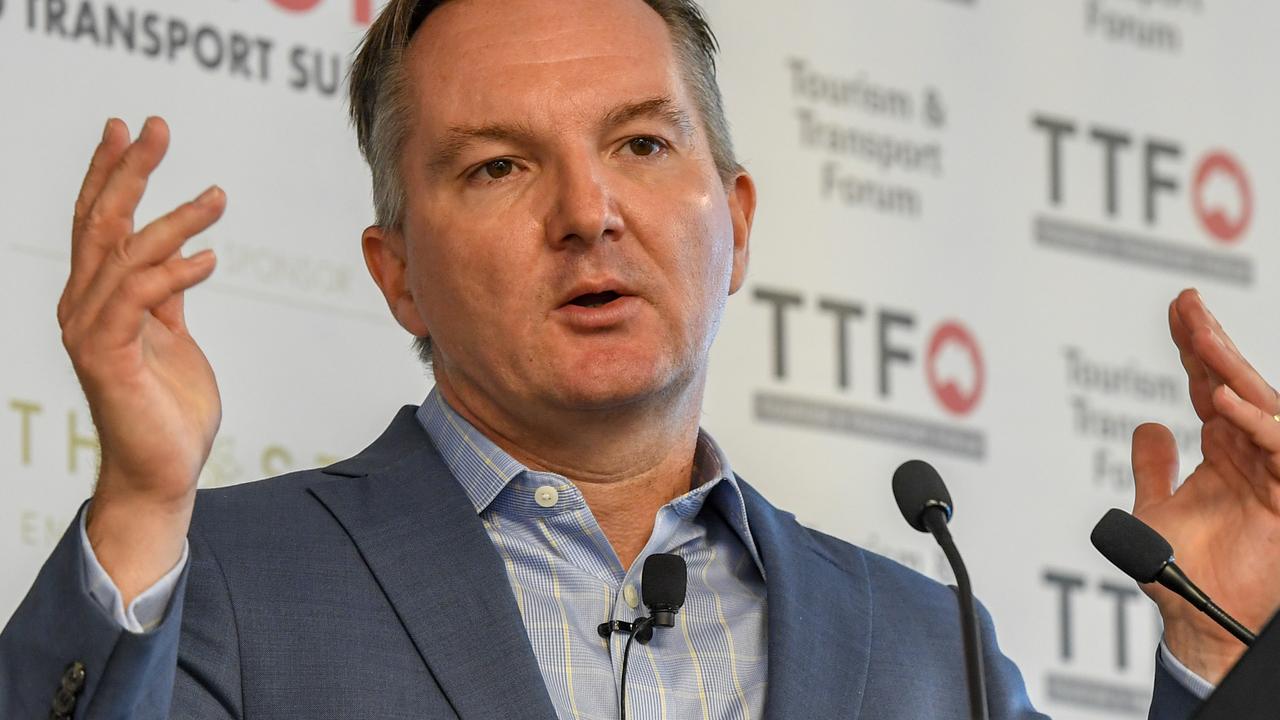Bank chiefs should be looking to future challenges not past mistakes
As past mistakes come under scrutiny, what really matters is how the banks deal with the greater challenges ahead.

The management culture created by the success of Australian banks in recent years may prove to be their greatest challenge in the years ahead.
The high profits and dividends bred a culture that led to mistakes that are now the focus of our politicians. They are forcing our big bank chief executives to look back and apologise for their mistakes. The real issue is what happens next. The future of banking looks to be far more dramatic and even more important to the nation.
There will be a lot less room for mistakes. Given this week’s confessions of the bank CEOs, there must be a question over the ability of bank managements to cope with the new era.
Australian banks will need to greatly increase their investment in technology and, in the process, automate their operations, which will inevitably be simplified. The looming job losses will be large and my guess is it will be those job losses that will raise the ire of the politicians.
There is a real possibility that the public authorities will make one or two of the CEO nervous about taking risks.
Yet they are essential to bank survival.
And for shareholders banks will need to look hard at their high dividend payments given the large sums that must be spent. One overseas bank last week suspended dividends to help pay for the required transformation.
Strangely, the movement to digitisation is being led by Europe where the negative interest rates have driven down bank profits and forced bank after bank to adopt the new technologies that slash staff and turn banks into digital organisations.
The latest European bank to decide to revolutionise its operations is Dutch based ING who say that they want their customers to have the same level of service as they get from Netflix, Facebook, or Spotify.
ING say their customers are “increasingly digital and bank with us more and more through mobile devices. Their needs and expectations are the same, all over the world, and they expect us to adopt new technology as fast as companies in other sectors.”
Accordingly, ING will invest some $1.2bn over the next five years on technology that will standardise its infrastructure, data, and other processes into “one digital banking platform”.
In the process 5,800 jobs will be lost while a further 1,200 employees will have their jobs changed or moved. The total redundancy cost will be around $1.6bn — more than they are investing in technology.
But the pay back will involve a cost reduction of about $1.4bn.
The ING announcement came after the German based Commerzbank announced that it will spend some $1.6bn by 2020 to digitise 80 per cent of its processes, cutting 9,600 full-time jobs.
Ironically, both ING and Commerzbank were bailed out during the financial crisis and unions see the job losses as a betrayal of that rescue.
But, in the case of Commerzbank, the board has suspended dividend payments to help pay for the digital transformation and the simplification of its business.
All of Australia’s banks are currently planning their next digital moves and how they should announce the looming changes to their staff, customers and shareholders.
Privately, one bank has told me that they plan to halve their costs over the next decade and most of those reductions will come via staff cuts. I am sure all the other banks have similar long-term plans.
If they don’t transform their businesses they will be attacked by the new digital players.
But it is not always easy for banks to cope with the specialised disrupters in banking because banks have capital requirements and regulations that are not usually applied to non-banks.
And, given the litany of management errors that are now receiving public attention, the investment world is questioning whether Australian bank management will be able to cope with the level of change that is required.
The advantage that many European banks have is that they were burned in the global financial crisis so find it much easier to change.
And, just to underline the dangers to our banks in Australia, ING is offering to pay 3 per cent for one-year term deposits compared to 2.81 per cent from the National Australia Bank and 2.4 to 2.5 per cent from the CBA. Those differences are unsustainable in a digital, mobile-phone-driven age.






